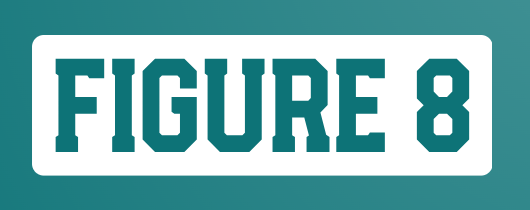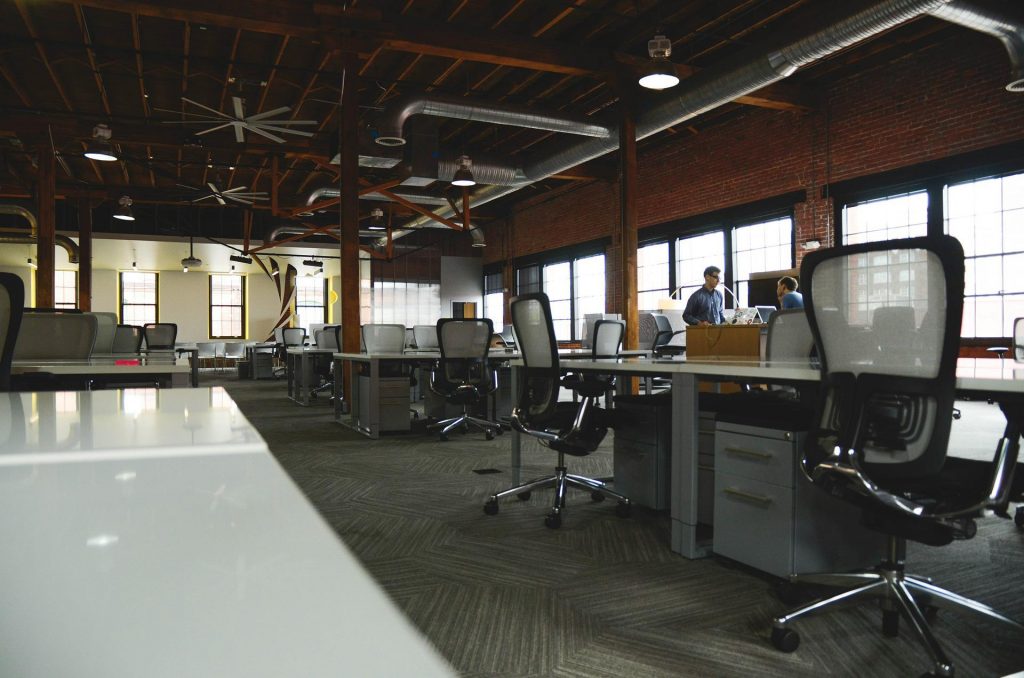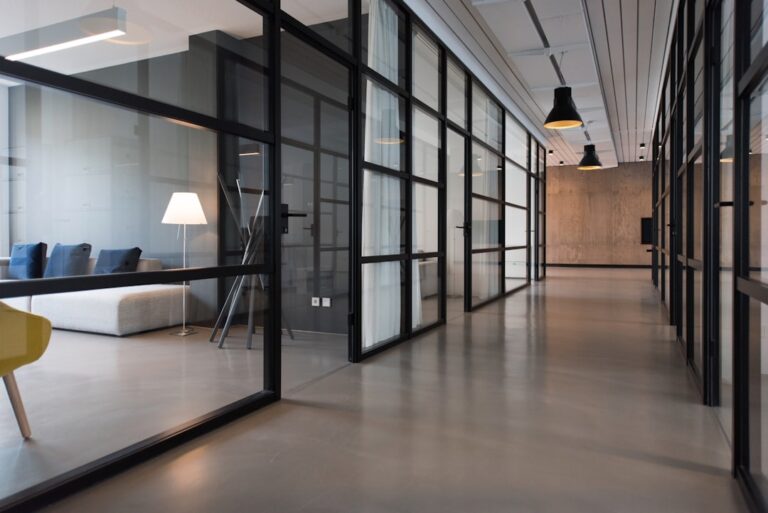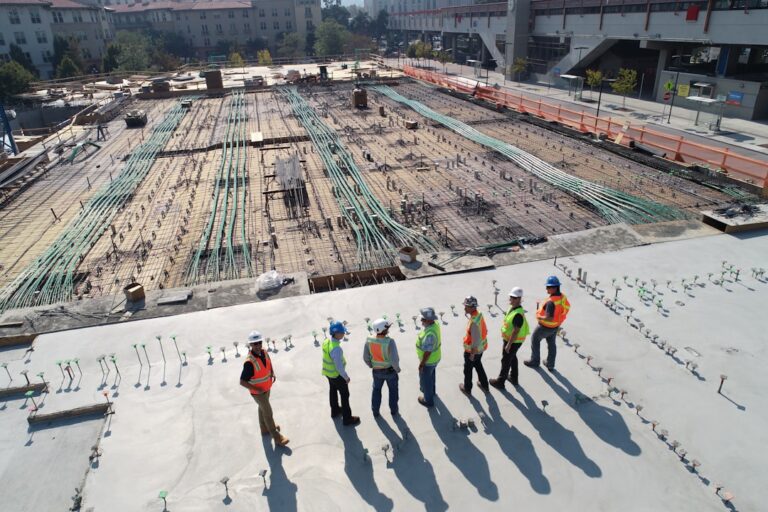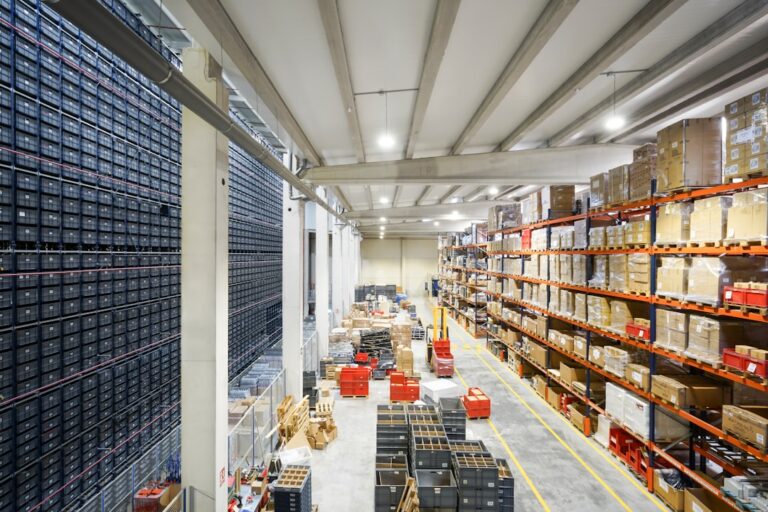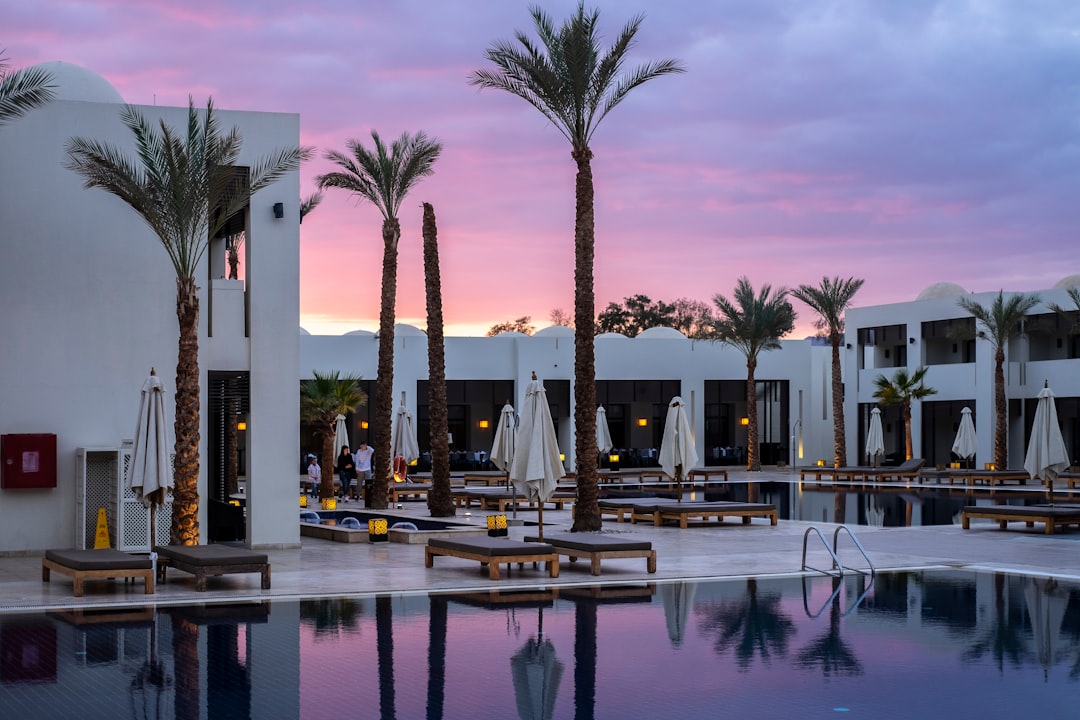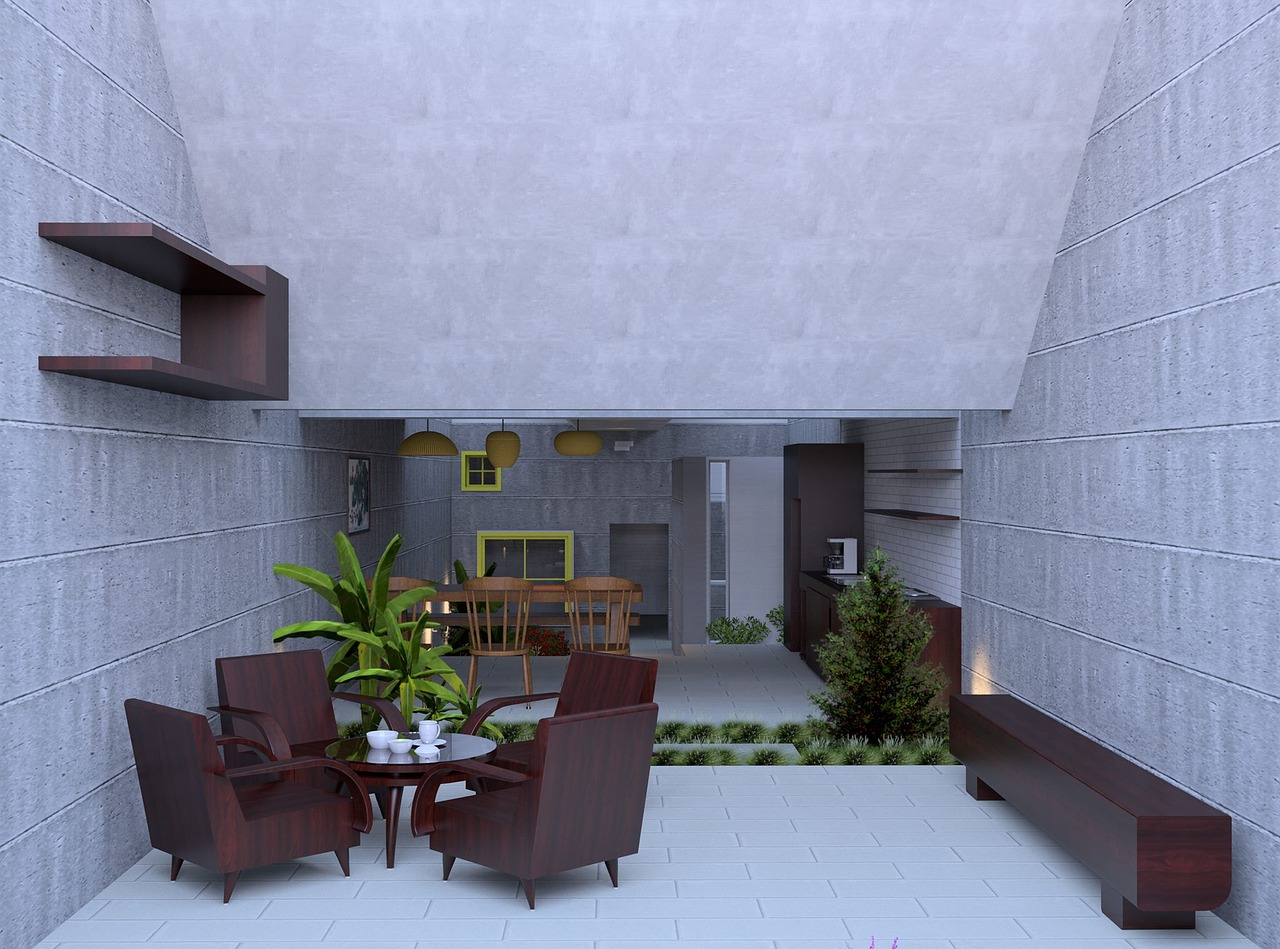We’ve all seen examples of workplace design, but what makes a great design? There are several different factors to consider, including company culture. This article will discuss the key elements of a well-designed workplace and different approaches to workplace design. Hopefully, this will help you create a better workplace for your team! Also, consider these trends when creating your workplace design. The future of the workplace is not as far off as you might think!
Influence of company culture on workplace design
When designing your workplace, it’s essential to consider your company’s culture and brand identity. Research shows that most workplaces have extremely low productivity levels, which is one of the main reasons designers are often tasked with creating a more positive environment. The first step in creating a positive culture is understanding what motivates your employees. Consider these five characteristics that are important to your company. If you can align these traits with your workplace design, you can create an environment that inspires and empowers employees.
Your company culture can be expressed in a variety of ways. For example, open office spaces and communal areas often indicate a collaborative environment, while private offices along windows signify that hierarchy is important. Open staircases, for example, can communicate a sense of collaboration and interaction. Open communication, shared workspaces, and collaborative software is also examples of workplaces that can promote company culture. For example, if you work in a tech company, you might be looking for a space where you can easily collaborate with other teams.
Strong company culture is key to employee engagement, productivity, and engagement. In addition, it also contributes to better business metrics. While it’s hard to measure, design has a powerful role in reinforcing and promoting company culture. It provides a visible reminder of what drives your business. Integrating your values into your workspace design can create a positive workplace culture that will inspire employees to perform better.
Elements of a well-designed workplace
A well-designed work environment is directly connected to productivity. It encourages collaboration and productivity. Well-designed workplaces are comfortable and allow managers to monitor the space without micro-managing employees. Healthy design elements and resources provide motivation and boost employee productivity. Many elements make a workplace a great place to work. Below are a few examples of the most vital elements of a well-designed work environment.
A good workspace provides opportunities for social interaction but shouldn’t distract people from their tasks. The well-designed workspace will encourage employees to interact and build relationships. Modern workplaces feature many tools to connect team members through technology. But don’t forget the power of face-to-face conversations. Consider a common lunchroom, open-plan space, or stairs that give employees a place to stop and interact.
A good workspace allows employees to move around and refresh their minds. Movement opportunities will help employees avoid sedentary habits and keep the work environment healthy. A workspace can be solitary and collaborative, so combining both will work for your workplace. Large communal tables and soundproof rooms are essential for collaborative and solitary work. It’s important to remember that the design you choose for your workspace should be both functional and aesthetically pleasing.
